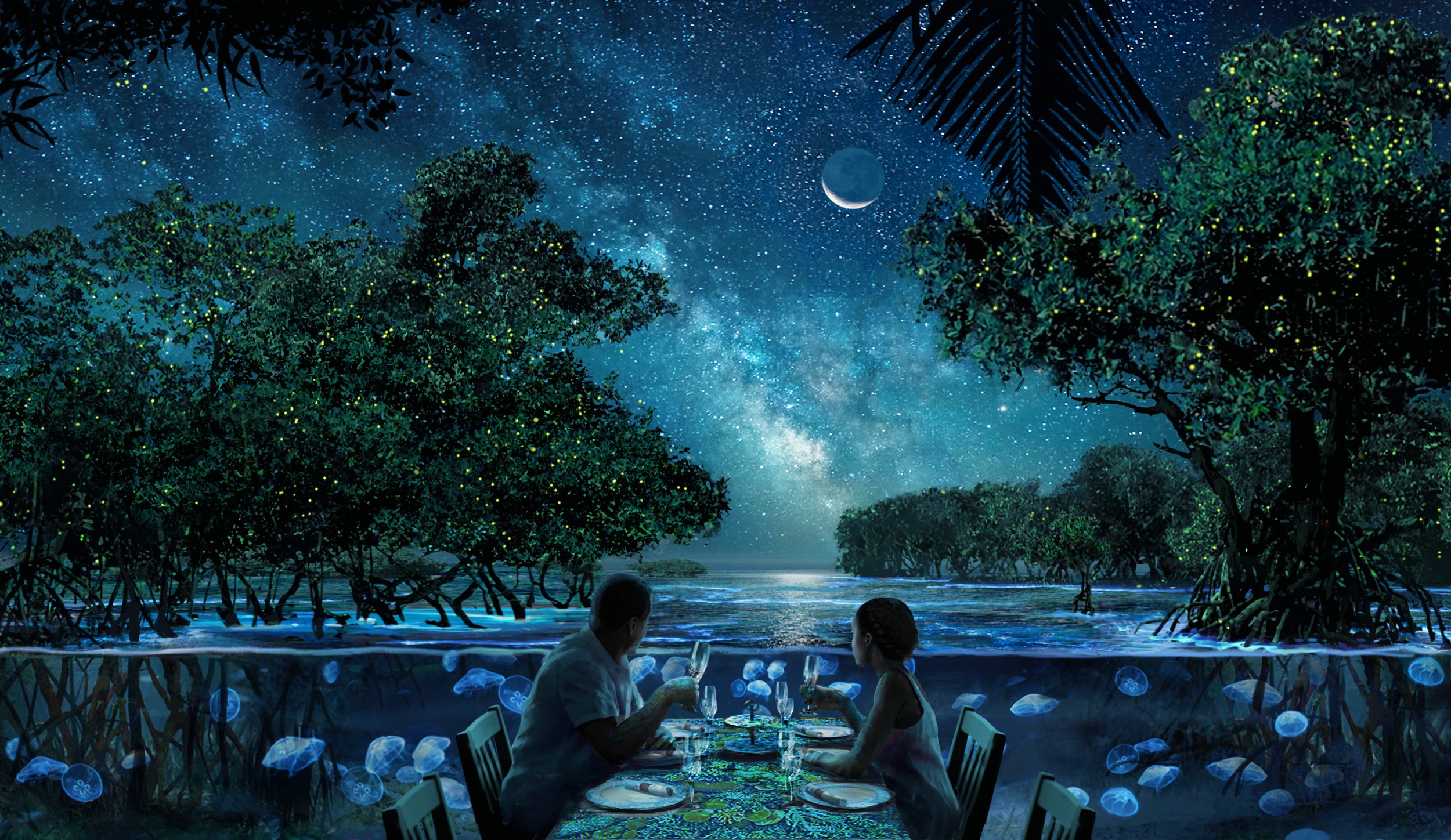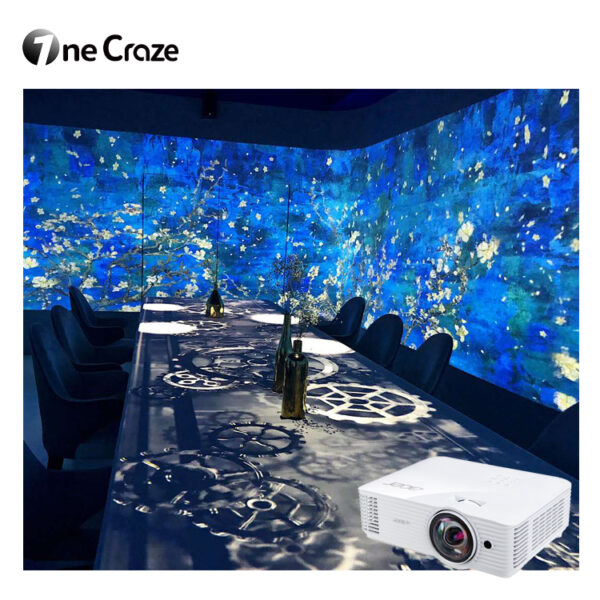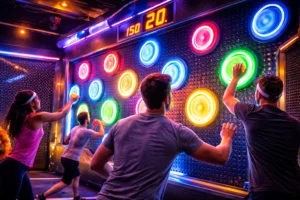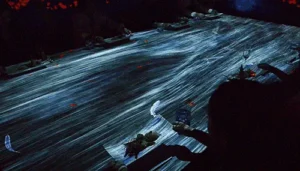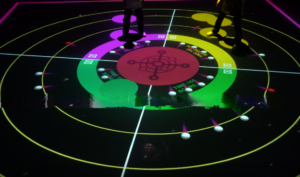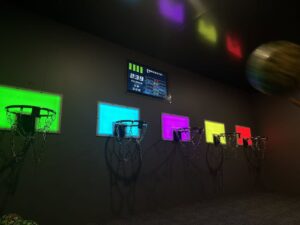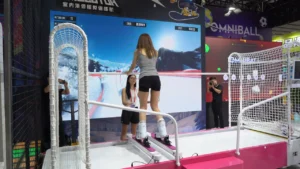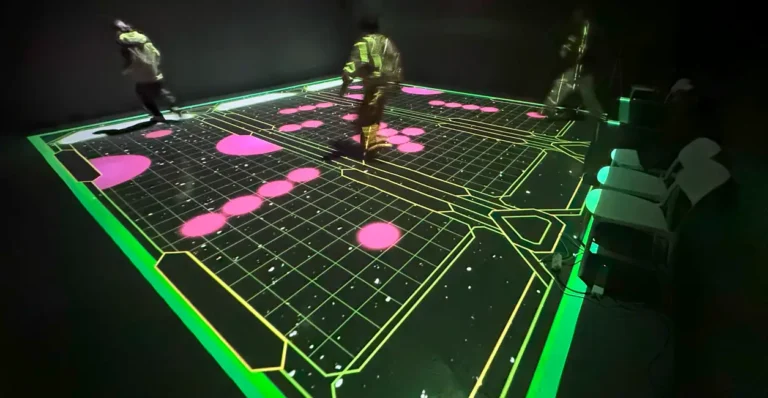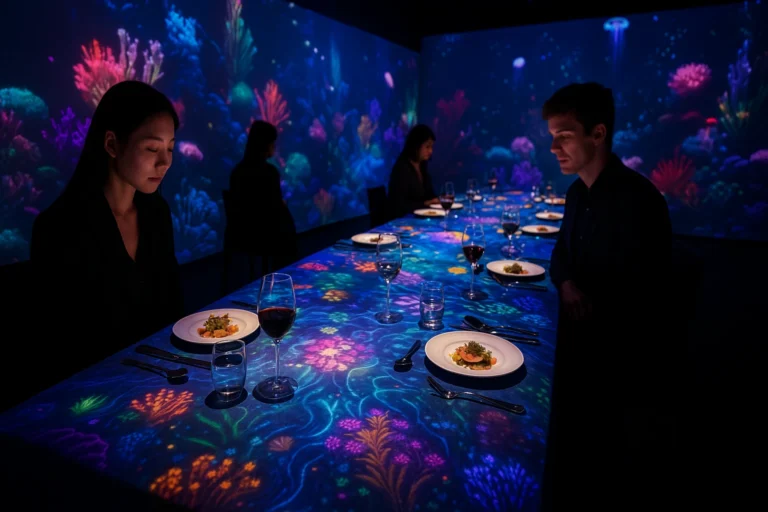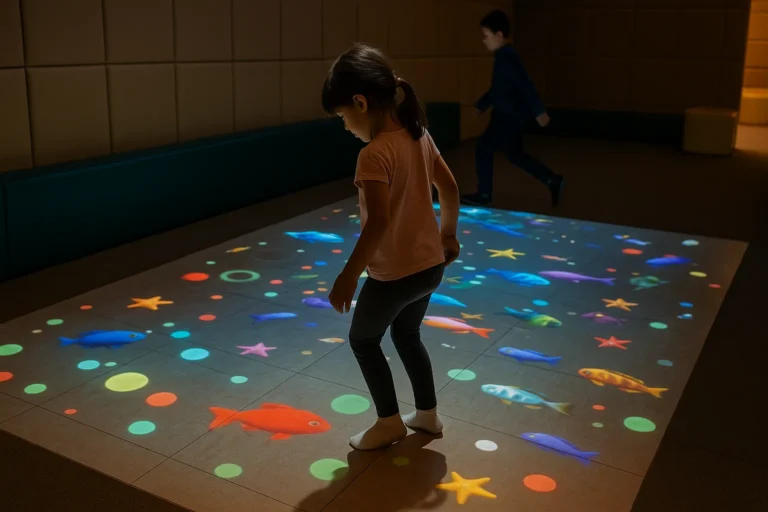In an age where diners crave more than just food, immersive dining environment restaurant mapping are redefining how we eat, interact, and experience art. Through interactive projection mapping, art galleries and restaurants are merging into multi-sensory experiences that captivate guests visually, aurally, and emotionally. From immersive art gallery dining environments in China to futuristic culinary theaters in Europe, the future of dining is no longer static—it’s alive.
🍽️ What Is an Immersive Gallery Dining Experience?
An immersive gallery dining environment is a cutting-edge concept that blends digital art projections, mood lighting, soundscapes, and sometimes even scents into a dining setting. These elements are programmed through a projection mapping system, usually involving interactive software that responds to movement, touch, or time triggers.
Imagine this: you walk into a dimly lit dining space. The table slowly illuminates with koi fish swimming across it as your appetizer arrives. Walls shift from Monet’s “Water Lilies” to Van Gogh’s “Starry Night,” timed with the course transitions. This isn’t just dining—it’s storytelling through sensory engagement.
These systems are powered by specialized immersive art software, often developed by companies and manufacturers who focus on experiential technology for hospitality environments. Some suppliers even offer customizable packages for restaurants looking to integrate this trend.
🌍 Why Are Immersive Dining Environments Gaining Popularity Worldwide?
The trend toward experience-based dining is global. Especially in high-competition food and beverage markets like China, South Korea, and Dubai, the demand for interactive restaurant dining art gallery mapping experiences has exploded.
But why? A few key drivers:
- 📸 Social Media Appeal: Immersive experiences are Instagrammable, creating organic promotion.
- 💡 Memorability: Unique environments boost customer retention and brand recognition.
- 🎯 Emotional Engagement: When guests feel emotionally moved by an experience, they’re more likely to return.
🛠️ How to Build an Immersive Dining Environment for My Restaurant?
Creating an immersive dining art gallery experience requires planning and coordination between interior designers, projection system manufacturers, and content creators. Here’s a breakdown of the essentials:
Step 1: Define the Concept
Will your environment be inspired by classic art, nature, fantasy, or cultural storytelling? The theme informs every other element.
Step 2: Choose the Right Projection Mapping System
Partner with a reputable manufacturer or supplier who specializes in restaurant projection solutions. Look for these features:
- Real-time interaction software
- Multi-surface mapping (table, floor, wall)
- Content management system for seasonal updates
Step 3: Hardware & Installation
Install projectors, sensors, and interactive software systems. Ensure proper calibration for the best visual results.
Step 4: Integrate With Dining Flow
Time your projections with dish presentation, ambient sound, and lighting. Use custom content to match your culinary journey.
Step 5: Test, Iterate, Launch
Test the mapping system thoroughly before going live. Invite influencers or media for a soft launch to build early buzz.
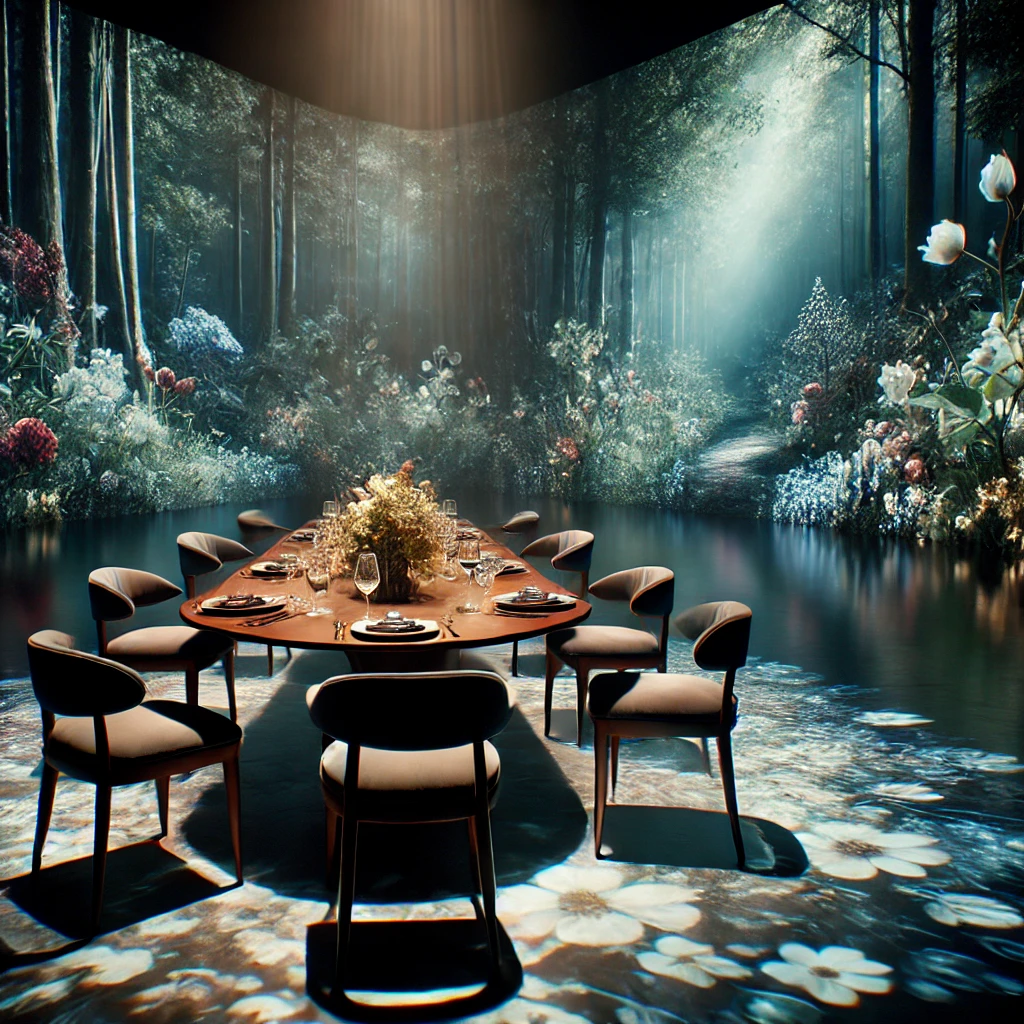
🧑🎨 Exploring the Latest in Interactive Restaurant Dining Art Gallery Mapping Technology
Let’s talk tech. Today’s interactive restaurant gallery systems go far beyond static projections. Here’s what’s hot:
- AI-Powered Software that adapts projections based on guest movement
- AR-Integrated Dining Menus projected directly on plates or tables
- Scent Diffusion Mapping to match digital visuals with olfactory stimulation
- Soundscape Generators that sync audio with projected scenes
Some companies offer a modular mapping game system—where guests can “play” while waiting for dessert. Talk about turning dining into a game!
Spotlight: Immersive Art Gallery Dining Environment Mapping in China
In China, the combination of art and cuisine has become a cultural trend. Major cities like Shanghai, Beijing, and Shenzhen are seeing a wave of immersive dining restaurants integrated into interactive gallery spaces.
These installations often include:
- Touch-responsive wall projections simulating falling petals or floating lanterns
- Live ambient animations on dining tables
- QR code interactive menus tied to the projected environment
💼 Who Can Help Bring My Immersive Dining Vision to Life?
To bring this idea to life, consider collaborating with:
- Interior architects who specialize in experience design
- Projection mapping software companies
- System integrators and manufacturers of immersive dining equipment
- Local or overseas suppliers who offer end-to-end packages including hardware, installation, and content
Also check out exhibit stores or online galleries that showcase ready-to-buy content. Some stores even offer interactive art mapping software for rent or on a subscription model.
When selecting a supplier, ask:
- Do they offer seasonal content updates?
- Can their software be customized?
- Is there local support for installation?
Entry-level systems start around $10,000, while advanced setups with custom software, multiple surfaces, and seasonal content can exceed $100,000, depending on the supplier and order customization.
Yes! Many software systems support remote updates. You can buy or order themed content for festivals, holidays, or branding purposes from various manufacturers or content stores.
Leading suppliers can be found in China, the US, and Europe. You can contact companies through trade shows, online directories, or directly from a manufacturer’s store or official website.

